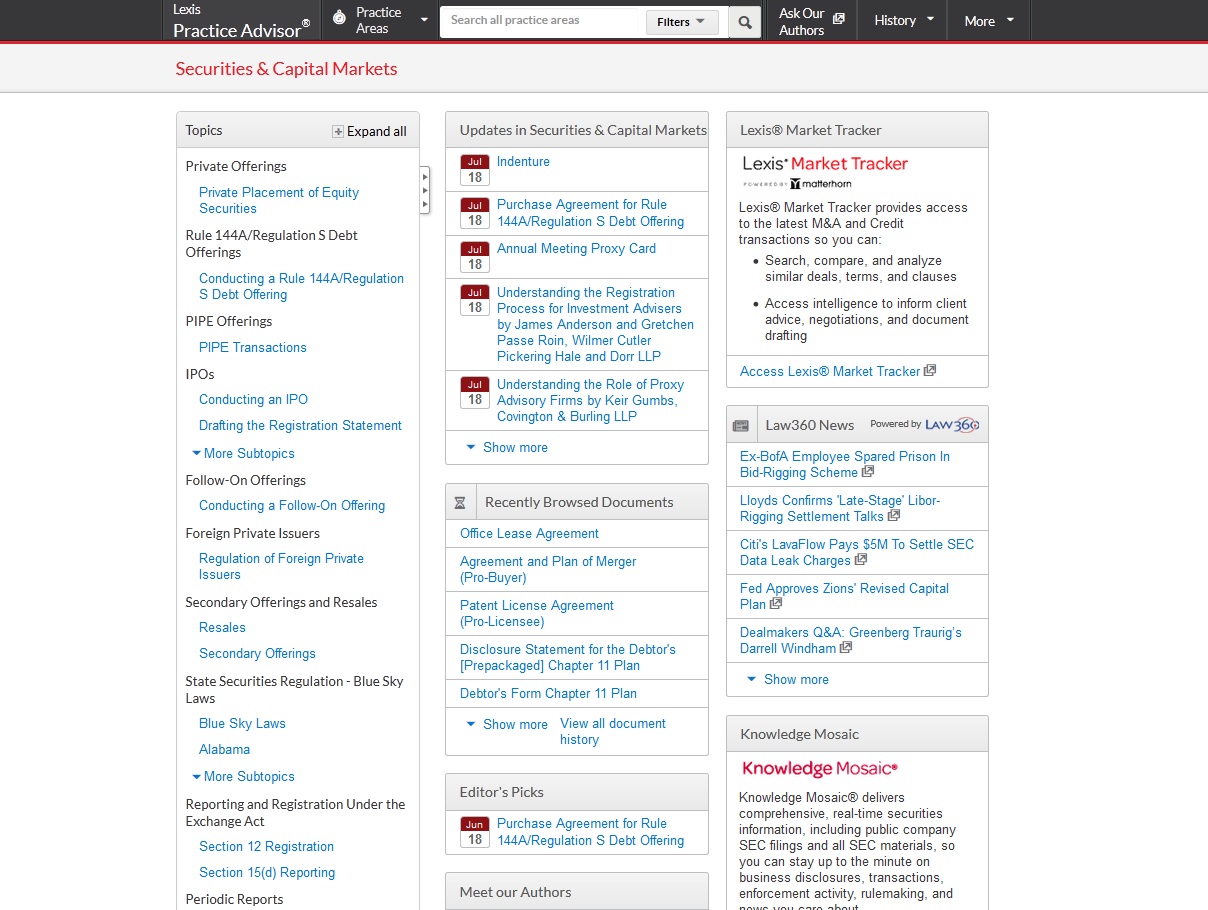
LexisNexis File & Serve: Complete Buyer's Guide
Comprehensive AI-driven e-filing solution
LexisNexis File & Serve positions itself as a comprehensive AI-driven e-filing solution designed to streamline legal document submission processes through advanced automation and jurisdiction-specific compliance features.
Market Position & Maturity
Market Standing
LexisNexis File & Serve benefits from the established market presence and brand reputation of LexisNexis, a recognized leader in legal research and information services.
Company Maturity
LexisNexis's long-standing presence in the legal technology market and extensive customer base across law firms and corporate legal departments.
Growth Trajectory
Continued investment in AI capabilities suggests strong long-term viability for ongoing product development and support.
Industry Recognition
LexisNexis's strategic market position leverages its comprehensive legal database and research capabilities to differentiate File & Serve from pure-play e-filing competitors.
Strategic Partnerships
Integration capabilities with popular case management systems including Clio and iManage.
Longevity Assessment
The company's financial stability and continued investment in AI capabilities suggest strong long-term viability for ongoing product development and support.
Proof of Capabilities
Customer Evidence
One mid-sized firm achieved a 40% reduction in filing time and 30% decrease in filing errors.
Quantified Outcomes
A large corporate legal department reported achieving a 50% reduction in document processing time.
Case Study Analysis
Implementation success patterns indicate positive outcomes among users who successfully integrate the platform with existing workflows.
Market Validation
Market validation includes the platform's integration with popular case management systems and its position within LexisNexis's broader legal technology ecosystem.
Competitive Wins
The platform's jurisdiction-specific compliance features address critical market needs where generic solutions often fail.
AI Technology
AI-driven automation for document validation, form population, and compliance checking against jurisdiction-specific court rules.
Architecture
Integration architecture represents a key technical differentiator, with the platform designed to connect seamlessly with existing case management systems including Clio and iManage.
Primary Competitors
Specialized e-filing solutions like InfoTrack Intelligence and One Legal, as well as integrated practice management platforms offering e-filing capabilities.
Competitive Advantages
Jurisdiction-specific AI models and seamless integration with LexisNexis's broader legal research ecosystem.
Market Positioning
Targets the comprehensive platform segment, appealing to firms seeking consolidated vendor relationships.
Win/Loss Scenarios
Win scenarios typically involve firms with existing LexisNexis infrastructure, complex compliance requirements, and budget flexibility for premium solutions.
Key Features

Pros & Cons
Use Cases
Integrations
Featured In Articles
Comprehensive analysis of AI E-filing Bots for Legal/Law Firm AI Tools for Legal/Law Firm AI Tools professionals. Expert evaluation of features, pricing, and implementation.
How We Researched This Guide
About This Guide: This comprehensive analysis is based on extensive competitive intelligence and real-world implementation data from leading AI vendors. StayModern updates this guide quarterly to reflect market developments and vendor performance changes.
140+ verified sources per analysis including official documentation, customer reviews, analyst reports, and industry publications.
- • Vendor documentation & whitepapers
- • Customer testimonials & case studies
- • Third-party analyst assessments
- • Industry benchmarking reports
Standardized assessment framework across 8 key dimensions for objective comparison.
- • Technology capabilities & architecture
- • Market position & customer evidence
- • Implementation experience & support
- • Pricing value & competitive position
Research is refreshed every 90 days to capture market changes and new vendor capabilities.
- • New product releases & features
- • Market positioning changes
- • Customer feedback integration
- • Competitive landscape shifts
Every claim is source-linked with direct citations to original materials for verification.
- • Clickable citation links
- • Original source attribution
- • Date stamps for currency
- • Quality score validation
Analysis follows systematic research protocols with consistent evaluation frameworks.
- • Standardized assessment criteria
- • Multi-source verification process
- • Consistent evaluation methodology
- • Quality assurance protocols
Buyer-focused analysis with transparent methodology and factual accuracy commitment.
- • Objective comparative analysis
- • Transparent research methodology
- • Factual accuracy commitment
- • Continuous quality improvement
Quality Commitment: If you find any inaccuracies in our analysis on this page, please contact us at research@staymodern.ai. We're committed to maintaining the highest standards of research integrity and will investigate and correct any issues promptly.